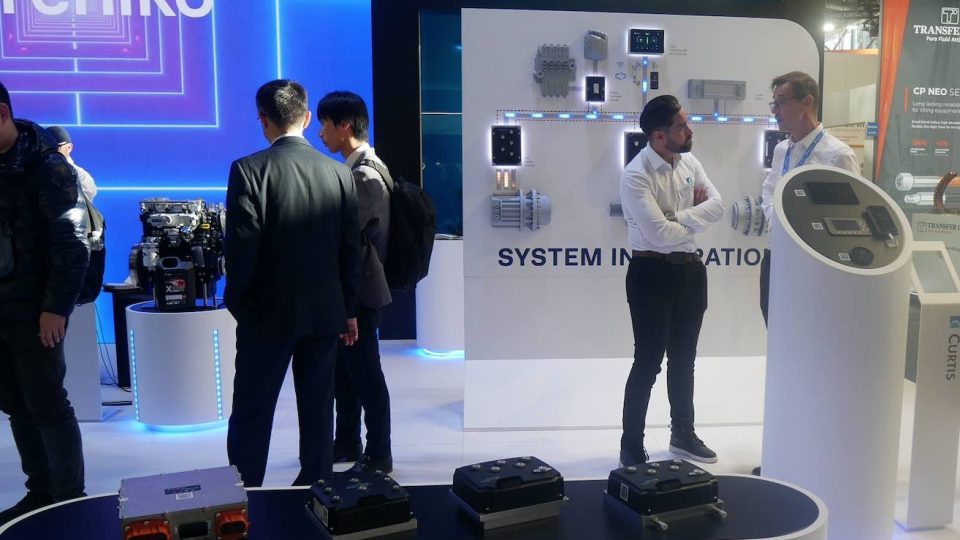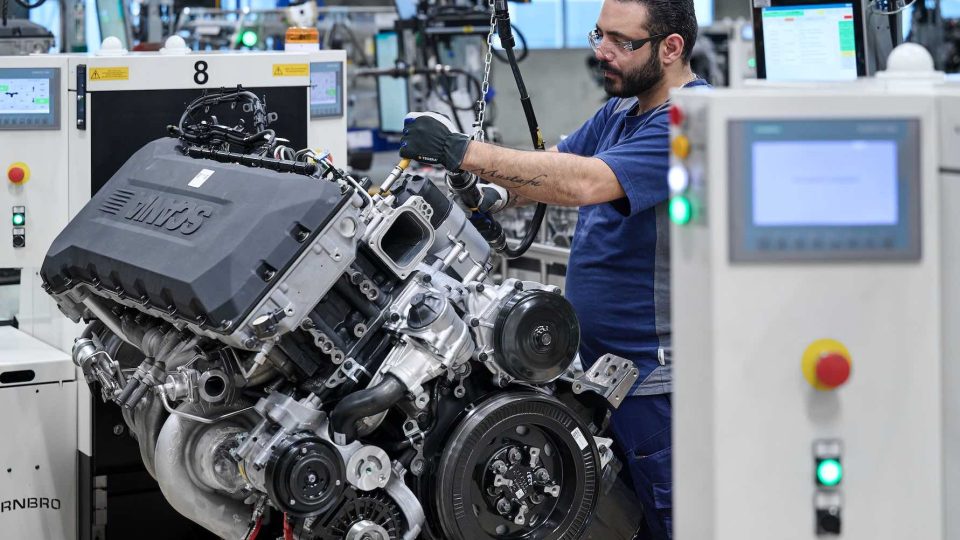Bimotor for fire-fighting applications (Part II)
Last week we published the first part of an interview about Bimotor efforts for fire-fighting applications. It was the result of a conversation with CEO Ettore Brunero and Rinaldo Marengo, Sales and Purchasing General Manager at Bimotor (here, the report of the recently inaugurated automatic warehouse in Italy). This is the second and last part […]
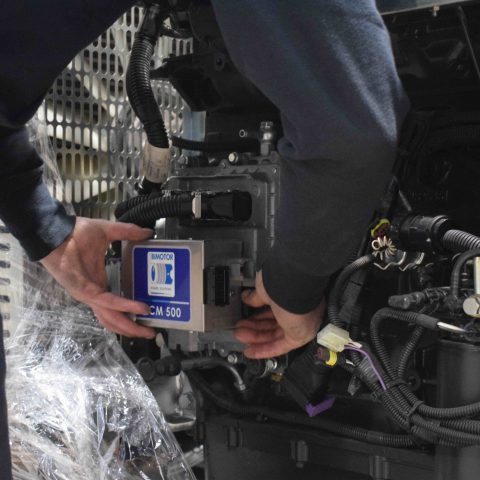
Last week we published the first part of an interview about Bimotor efforts for fire-fighting applications. It was the result of a conversation with CEO Ettore Brunero and Rinaldo Marengo, Sales and Purchasing General Manager at Bimotor (here, the report of the recently inaugurated automatic warehouse in Italy).
This is the second and last part of the interview. Let’s start from the reasons why the company identified the fire-fighting sector as a strategic one.
We have talked about the efforts of Bimotor for fire-fighting applications. Then, what’s up with the fire-fighting sector?
The world of listed engines is a closed one, certain conditions are needed, in the first instance an approved pump (and there are few in the world to meet this requirement). Basically, you have to be a pump manufacturer or obtain motor and pump approval, under the aegis of FM/UL. We are talking about a market that sees Italy in a marginal position and with shares of approximately 30 percent in Europe and 70 percent outside Europe.
We currently sell about 500 engines in the Sprinkler range, about 2 percent of the world market, and we would like to grow because we know that there is room for both listed and unlisted engines.
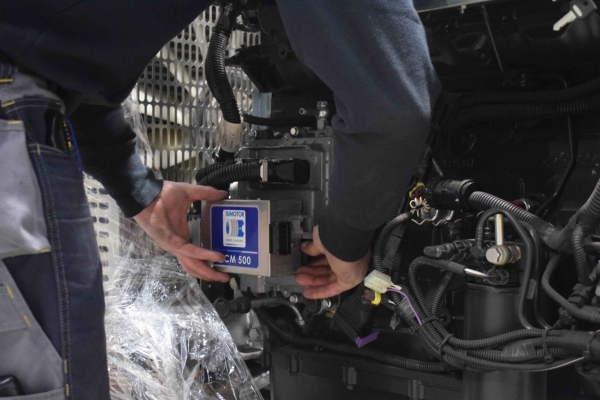
How do you plan to approach this market?
The fact that FM/UL has published on its website the news of Bimotor’s approval has opened a window of contacts on a worldwide scale. For example, the owner and director of Patterson Pump Company, the world’s largest pump manufacturer, was here recently. We have also been visited by Chinese manufacturers. A request has just arrived from Hong Hong to give you only an example. You enter a club that opens up other horizons, in the wake of product and value diversification, to be sustainable in the future.
We are not interested in trading, we provide added value in terms of product.
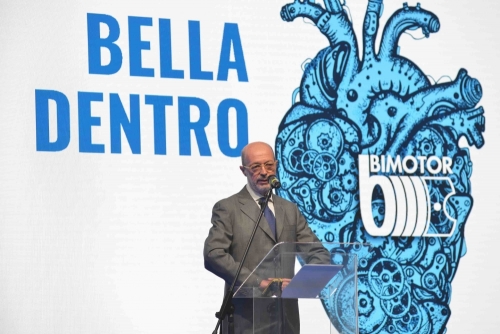
And why the S8000?
We buy the S8000 from Fpt in its basic version and we modify it in a Sprinkler mode, at a speed of 3,000 rpm, which allows us to satisfy unlisted engines up to a range of 45 kilowatts.
The engine has a damper on the crankshaft, developed internally, and a front anchor plate, which supports the engine on the ground, without intrusion of brackets or supports. The front end has been modified to reduce vibrations; the front double pulley is functional to the double belt housing required by the specifications, even for the unlisted version. The oil heat exchanger is not provided on the original engine. We have integrated it because at 3,000 rpm oil temperatures tend to rise.
The technical file was made by Bimotor with the advice of a company that deals with risk analysis and is part of the CNR (National Research Council).
Which qualities are needed in the Sprinkler?
Reliability, robustness and value for money. It must be mechanical, as the unit must function even in the absence of electricity supplying the control unit.





